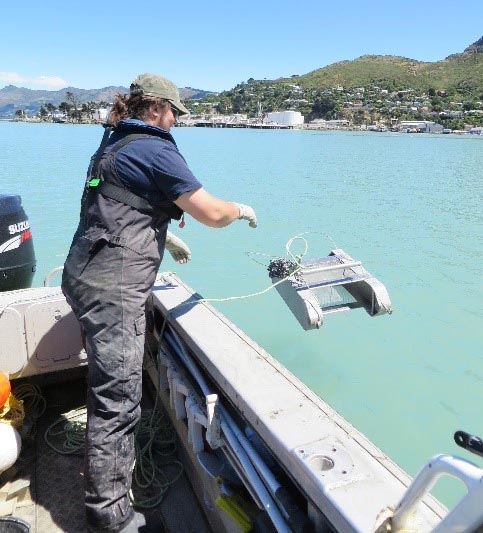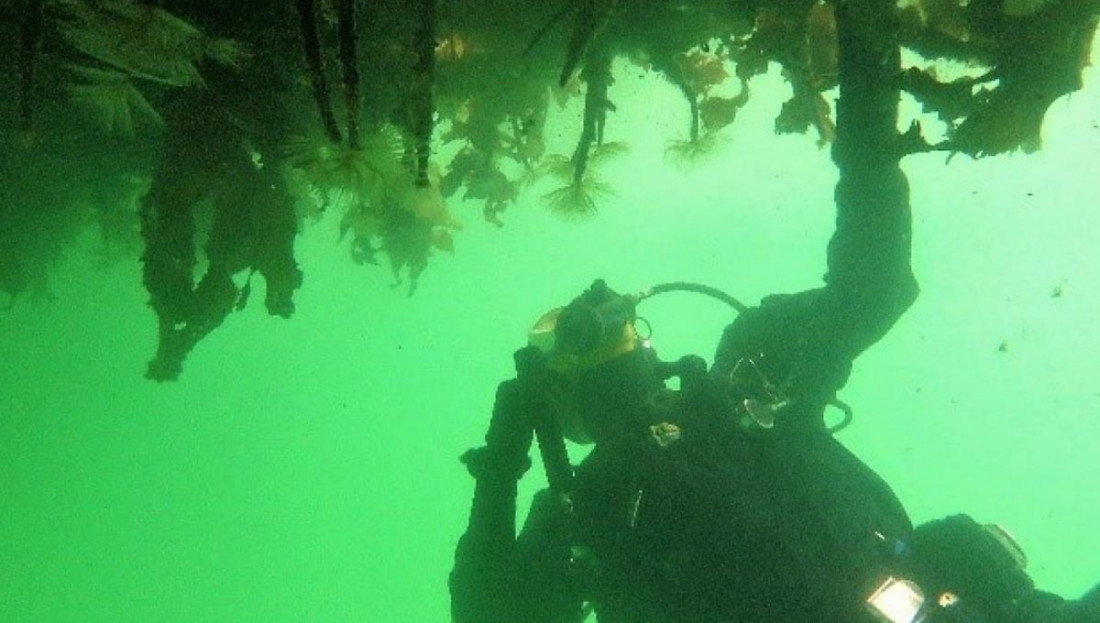Marine pest surveillance programme
Date
16 October 2018
Keeping track of newly arrived marine species
Every summer and winter the Marine High Risk Site Surveillance Programme funded by Biosecurity New Zealand and completed by NIWA surveys 11 New Zealand high risk ports checking for new species that may have caught a ride on an international vessel and made themselves at home. Five different survey methods are used to detect a variety of marine species, including visual dive surveys, baited crab traps, crab habitat traps, benthic sediment sleds and shore searches.
“At each port a variety of different habitats are searched to ensure that we don’t miss any newly arrived species” says Abraham Growcott, Senior Adviser, Surveillance & Incursion Investigation. “If we find any suspect organisms they’re sent to a taxonomic clearinghouse, NIWA’s Marine Invasive Taxonomic Service, for identification."

Since the programme began in 2002, a number of new-to-New Zealand and native species have been found.
“Finding these species and understanding their distribution is really helpful for Biosecurity New Zealand. It helps us, in collaboration with other stakeholders, to respond to new species that could impact our environmental, socio-cultural or economic values”, says Abraham.
Because of the ongoing nature of the surveillance programme, there’s sufficient baseline data to compare against which helps to highlight, to a variety of stakeholders, how our marine systems are changing and the importance of marine biosecurity. This information has, for example, enabled a number of Regional Councils to develop policies that strengthen the protection of their community’s marine environment.
You can find all the data about the location of marine pests in New Zealand and further information at the New Zealand Marine Biosecurity Porthole.
